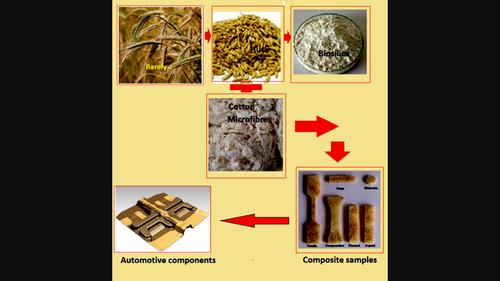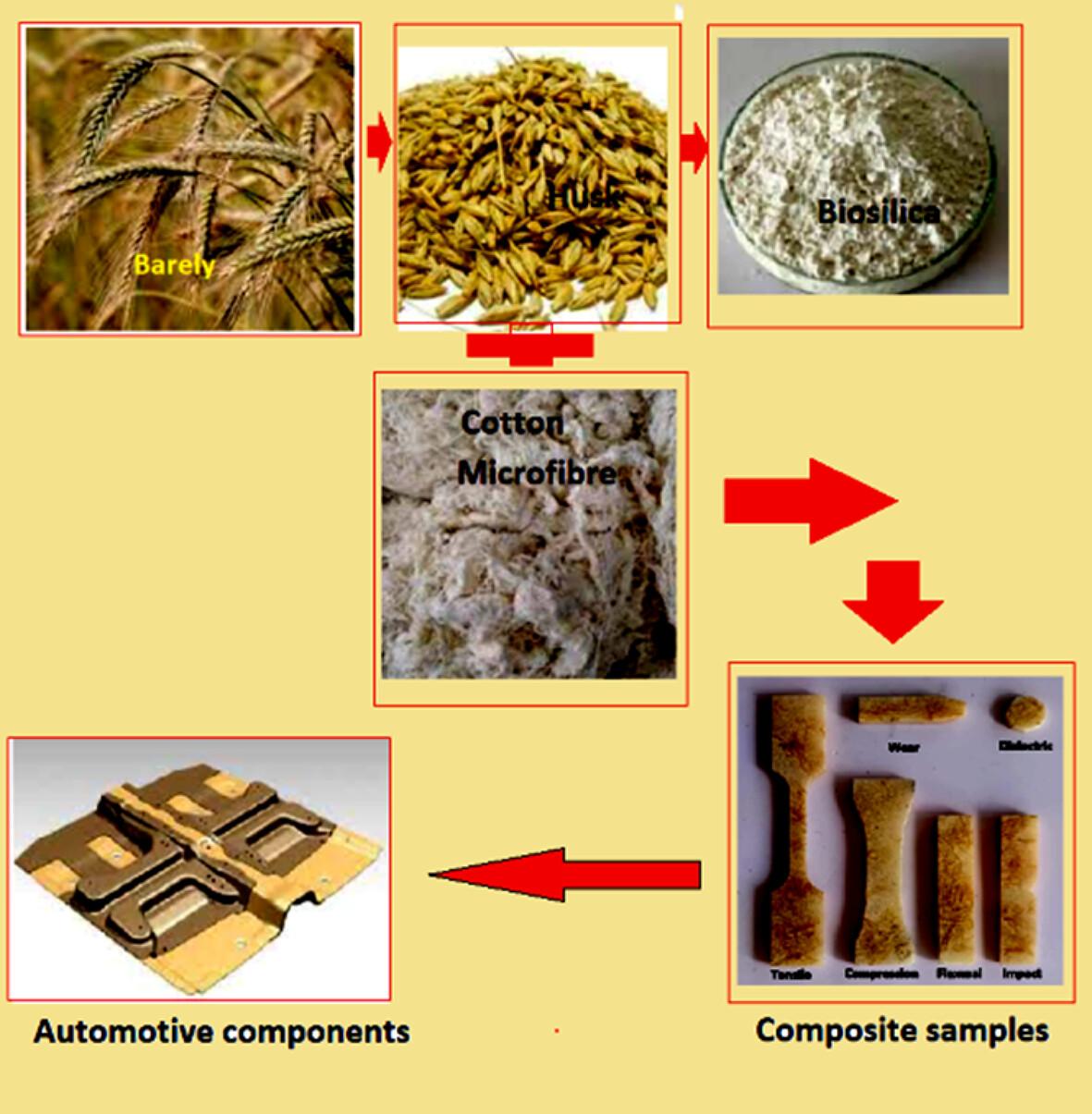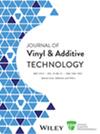Characterization of annealed-silane modified barley husk biosilica and garment waste cotton microfiber vinyl ester composite
Abstract
This study investigates the effect of adding annealed-silane modified biosilica and waste cotton microfiber into the vinyl-based composite on load-bearing properties. The primary objective of this study was to unveil the significance of annealing treatment on the biosilica and its effect on composite's properties. The biosilica was prepared from waste barely husk ash and the waste cotton microfiber was used as received. The composites were fabricated using mold casting method and their properties were assessed in accordance with ASTM standards. Among the composites examined, the VCB2 displays improved mechanical properties with a highest tensile strength of 120 MPa. In contrast, the VCB3 composite exhibited enhanced hardness with a low specific wear rate of 0.22 mm3/N m and a coefficient of friction of 0.19. Furthermore, the composite VCB3 demonstrated an elevated dielectric constant of 3.85 and a low dielectric loss of 0.136 with a high thermal stability up to 388°C. This study underscores the potential of annealing process on biosilica and its stress free grain structure in property improvement made as valuable reinforcement in waste cotton microfiber-vinyl ester composites, opening up new avenues for diverse engineering applications with advanced material performance.
Highlights
- Vinyl ester composites are prepared from waste biomass biosilica and cotton microfiber.
- Addition of biosilica improved the void filling effect of matrix.
- Addition of biosilica improved the mechanical properties.
- Addition of biosilica up to 3 vol.% improved the wear properties.
- Addition of biosilica up to 3 vol.% improved the thermal stability.



 求助内容:
求助内容: 应助结果提醒方式:
应助结果提醒方式:


